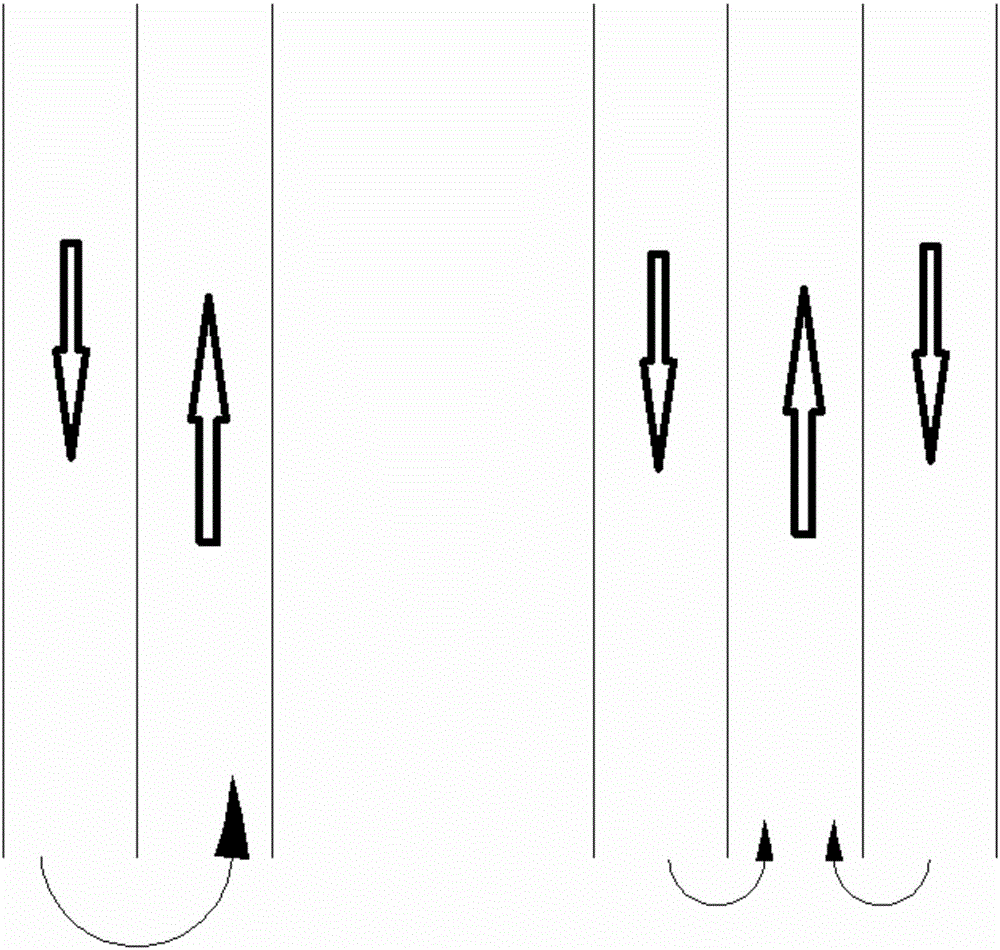Heat exchanger, reactor simulation system and experimental methods of maximum and minimum passive operation capabilities of reactor
A technology of heat exchangers and reactors, applied in reactors, nuclear reactor monitoring, nuclear power generation, etc., can solve problems such as accidents, inability to fully reflect the passive operation capability of the reactor system, and decision-making errors, and achieve the effect of improving experimental efficiency
- Summary
- Abstract
- Description
- Claims
- Application Information
AI Technical Summary
Problems solved by technology
Method used
Image
Examples
Embodiment Construction
[0050] The specific embodiments of the present invention will be described in detail below in conjunction with the accompanying drawings.
[0051] In this article, if there is no special explanation, when it comes to formulas, " / " means division, and "×" and "*" mean multiplication.
[0052] figure 1 demonstrates a reactor simulation system such as figure 1 As shown, the system includes a reactor simulation body 1, a first loop and a second loop; the first loop includes a first loop and a second loop, wherein in the first loop, the outlet of the reactor simulation body 1 is connected to the first The primary side inlet of the loop steam generator 7 is connected, the outlet of the primary side of the first loop steam generator 7 is connected with the inlet of the first loop circulation pump 5, and the outlet of the first loop circulation pump 5 is connected with the first loop circulation pump 5. The inlet of the flowmeter 3 (preferably a Venturi flowmeter) is connected, and ...
PUM
 Login to View More
Login to View More Abstract
Description
Claims
Application Information
 Login to View More
Login to View More - R&D
- Intellectual Property
- Life Sciences
- Materials
- Tech Scout
- Unparalleled Data Quality
- Higher Quality Content
- 60% Fewer Hallucinations
Browse by: Latest US Patents, China's latest patents, Technical Efficacy Thesaurus, Application Domain, Technology Topic, Popular Technical Reports.
© 2025 PatSnap. All rights reserved.Legal|Privacy policy|Modern Slavery Act Transparency Statement|Sitemap|About US| Contact US: help@patsnap.com



